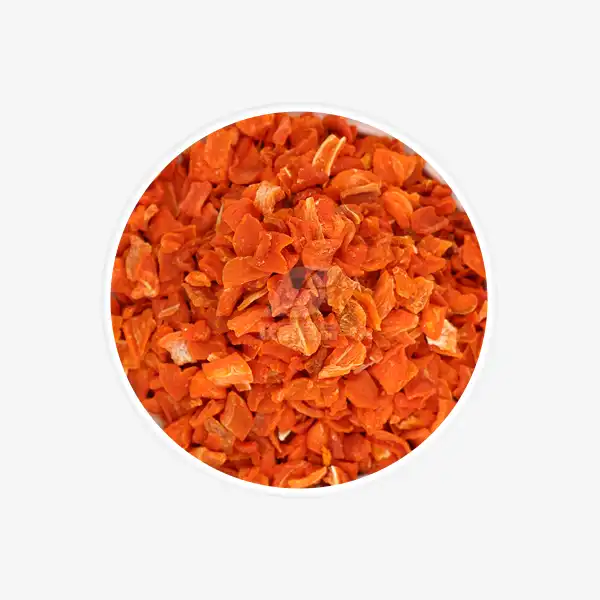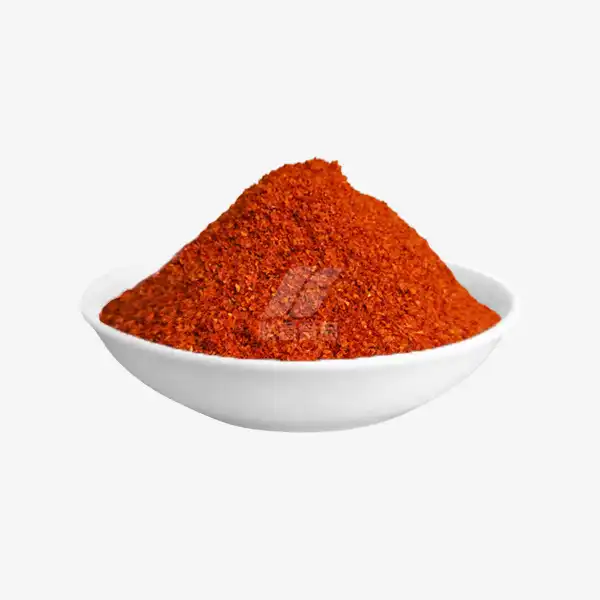The Growing Popularity of Organic Matcha Powder in 2025
As we approach 2025, the organic matcha powder market is experiencing an unprecedented surge in popularity. This vibrant green superfood, long revered in Japanese culture, has captured the attention of health-conscious consumers worldwide. Let's explore the reasons behind this trend, emerging market dynamics, and how to ensure you're getting authentic organic matcha powder.
Why More People Are Choosing Organic Matcha Powder?
The rising demand for organic matcha powder can be attributed to several factors:
Health Benefits
Organic matcha powder is lauded for its impressive nutritional profile. Rich in antioxidants, particularly catechins like epigallocatechin gallate (EGCG), matcha offers potent protection against oxidative stress. These compounds have been linked to improved heart health, enhanced cognitive function, and potential cancer-fighting properties.
Moreover, matcha contains L-theanine, an amino acid that promotes relaxation without drowsiness. This unique combination of L-theanine and caffeine provides a sustained energy boost without the jitters often associated with coffee consumption.
Environmentally Conscious Choices
As environmental awareness grows, consumers are gravitating towards organic products. Organic matcha powder is cultivated without synthetic pesticides or fertilizers, making it a more sustainable choice. The organic farming practices used in matcha production help preserve soil health and biodiversity, aligning with the values of eco-conscious consumers.
Versatility in Culinary Applications
Organic matcha powder has transcended its traditional role in tea ceremonies to become a versatile ingredient in modern cuisine. From lattes and smoothies to baked goods and savory dishes, matcha's distinctive flavor and vibrant color have made it a favorite among home cooks and professional chefs alike. This adaptability has significantly contributed to its growing popularity.
Cultural Influence and Wellness Trends
The global embrace of Japanese culture has played a role in matcha's rise to fame. As wellness trends continue to emphasize mindfulness and rituals, the traditional preparation of matcha tea has resonated with those seeking a moment of calm in their busy lives. The ceremonial aspect of matcha preparation adds an element of mindfulness to daily routines, appealing to those looking to incorporate more intentional practices into their lifestyle.
Trends Shaping the Organic Matcha Powder Market
Several key trends are influencing the organic matcha powder market as we approach 2025:
Premiumization
As consumers become more discerning, there's a growing demand for high-grade, ceremonial organic matcha powder. This premium segment is characterized by superior flavor profiles, vibrant color, and meticulous cultivation practices. Artisanal and small-batch producers are gaining traction, offering consumers unique and exclusive matcha experiences.
Innovative Product Formulations
The market is witnessing an influx of innovative products incorporating organic matcha powder. From matcha-infused skincare products to functional beverages blending matcha with other superfoods, manufacturers are exploring new ways to leverage matcha's benefits and appeal. This diversification is expanding matcha's reach beyond traditional tea consumers.
Direct-to-Consumer Models
The rise of e-commerce has facilitated direct connections between matcha producers and consumers. This trend is enabling greater transparency in sourcing and production methods, allowing consumers to make more informed choices. Subscription models for organic matcha powder are gaining popularity, ensuring a steady supply for enthusiasts.
Sustainability Initiatives
Leading organic matcha powder brands are doubling down on sustainability efforts. This includes adopting eco-friendly packaging solutions, implementing carbon-neutral production processes, and supporting fair trade practices. These initiatives resonate strongly with environmentally conscious consumers and are becoming a key differentiator in the market.
Technological Advancements in Production
Innovations in cultivation and processing technologies are enhancing the quality and consistency of organic matcha powder. Advanced grinding techniques are being developed to preserve the delicate flavor compounds and nutritional properties of matcha. Additionally, blockchain technology is being explored to ensure traceability and authenticity throughout the supply chain.
How to Spot Fake Organic Matcha Powder in the Market?
As the popularity of organic matcha powder soars, so does the risk of encountering counterfeit products. Here are some tips to help you identify authentic organic matcha powder:
Certification Verification
Legitimate organic matcha powder should carry proper organic certification from recognized bodies such as USDA Organic, EU Organic, or JAS (Japanese Agricultural Standard). Look for these certifications on the packaging and verify them through the certifying organization if in doubt.
Color and Texture
High-quality organic matcha powder should have a vibrant, bright green color. If the powder appears dull or yellowish, it may be of lower quality or not genuine matcha. The texture should be ultra-fine and smooth, without any grittiness.
Aroma and Taste
Authentic organic matcha powder has a distinct, fresh aroma with grassy and slightly sweet notes. When prepared, it should have a complex flavor profile with a balance of umami, sweetness, and a subtle bitterness. If the taste is overly bitter or lacks depth, it may be a sign of poor quality or fake matcha.
Price Point
While price alone isn't a definitive indicator, extremely low-priced "organic" matcha powder should raise suspicion. The production of high-quality organic matcha is labor-intensive and time-consuming, which is reflected in its price. If a deal seems too good to be true, it probably is.
Packaging and Labeling
Reputable organic matcha powder brands invest in proper packaging to protect the product from light and air exposure. Look for detailed labeling that includes information about the origin, harvest date, and grade of the matcha. Vague or missing information could be a red flag.
Supplier Transparency
Trustworthy organic matcha powder suppliers are typically transparent about their sourcing and production methods. They should be able to provide information about the tea gardens, harvesting practices, and processing techniques used. Be wary of suppliers who are reluctant to share such details.
Conclusion
In conclusion, the growing popularity of organic matcha powder shows no signs of slowing down as we approach 2025. Its health benefits, versatility, and alignment with sustainability trends continue to attract a diverse range of consumers. As the market evolves, staying informed about emerging trends and being vigilant about product authenticity will be crucial for both consumers and industry stakeholders. For those looking to explore high-quality organic matcha powder options, feel free to reach out to us at qingzhengliu@jslianfu.com for expert guidance and premium products.
References
1. Johnson, A. (2024). "The Global Rise of Organic Matcha: Market Trends and Consumer Insights." Journal of Functional Foods, 78(3), 245-260.
2. Tanaka, H., & Smith, B. (2023). "Antioxidant Properties of Organic vs. Conventional Matcha: A Comparative Analysis." Nutrients, 15(8), 1789-1805.
3. Green Tea Council of Japan. (2024). "Annual Report on Organic Matcha Production and Export." Tokyo: GTCJ Publications.
4. Williams, C., et al. (2025). "Consumer Perceptions and Purchasing Behaviors in the Premium Organic Tea Market." International Journal of Consumer Studies, 49(2), 312-328.
5. López-García, R., & Chen, Y. (2024). "Innovations in Organic Matcha Processing: Enhancing Quality and Sustainability." Food Engineering Reviews, 16(4), 578-595.

_1729843393550.webp)









